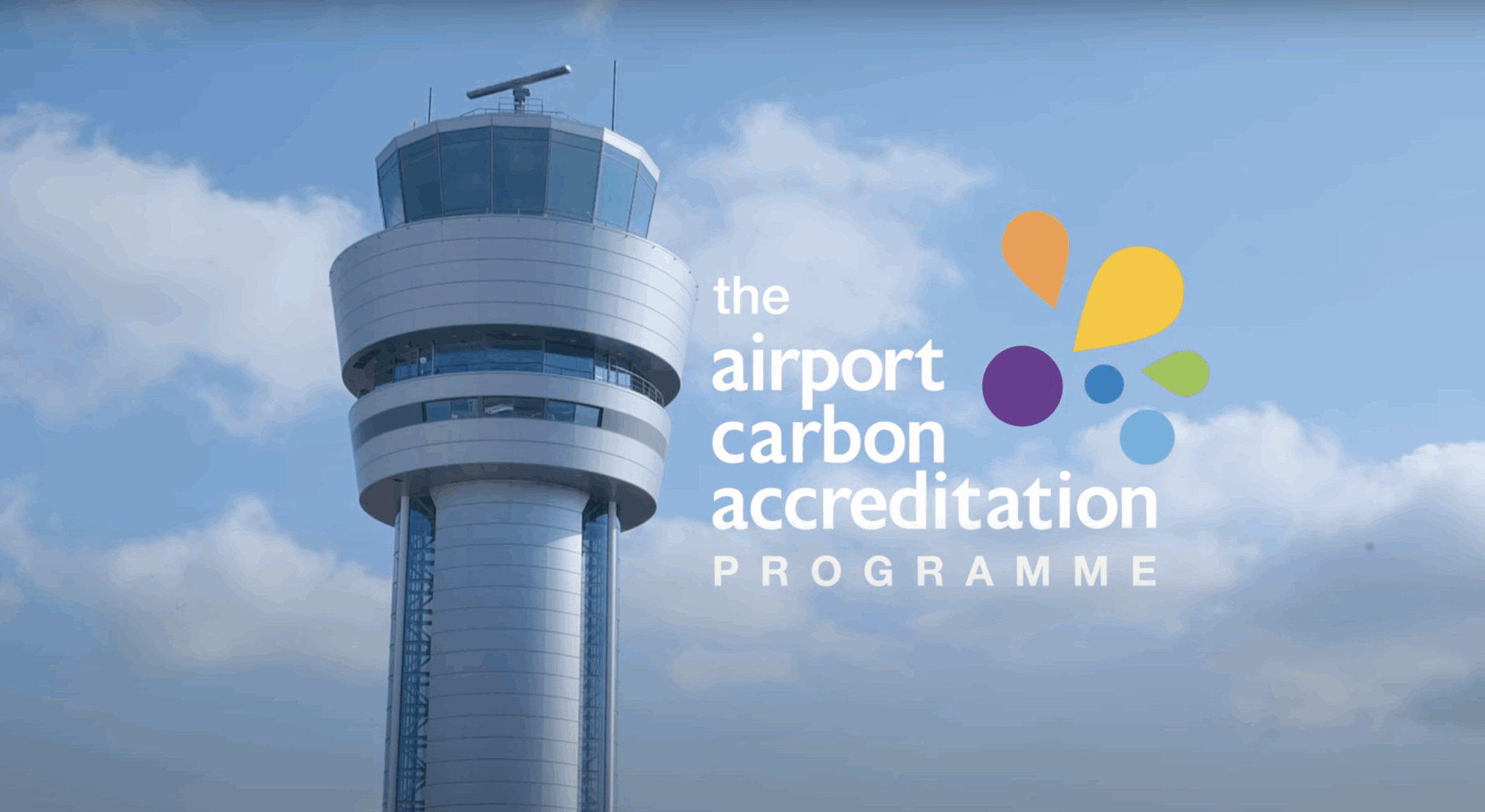VINCI Airports’ commitment to the international ACA programme
With more than 60 accredited airports, including 6 at the maximum level in Portugal, Brazil and France, VINCI Airports is the first international contributor to the ACI’s ACA decarbonisation programme.
ACA accreditation
Airport Carbon Accreditation is the only institutionally-endorsed, global carbon management certification programme for airports. It independently assesses and recognises the efforts of airports to manage and reduce their carbon emissions through 7 levels of certification; ‘Level 5’ being the topmost level in Airport Carbon Accreditation programme.
